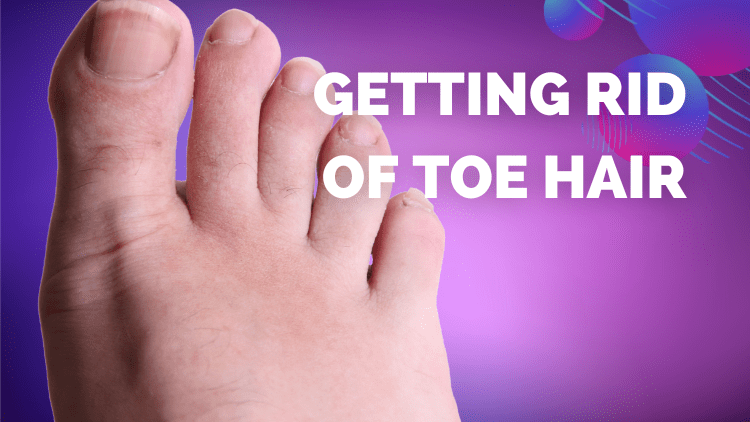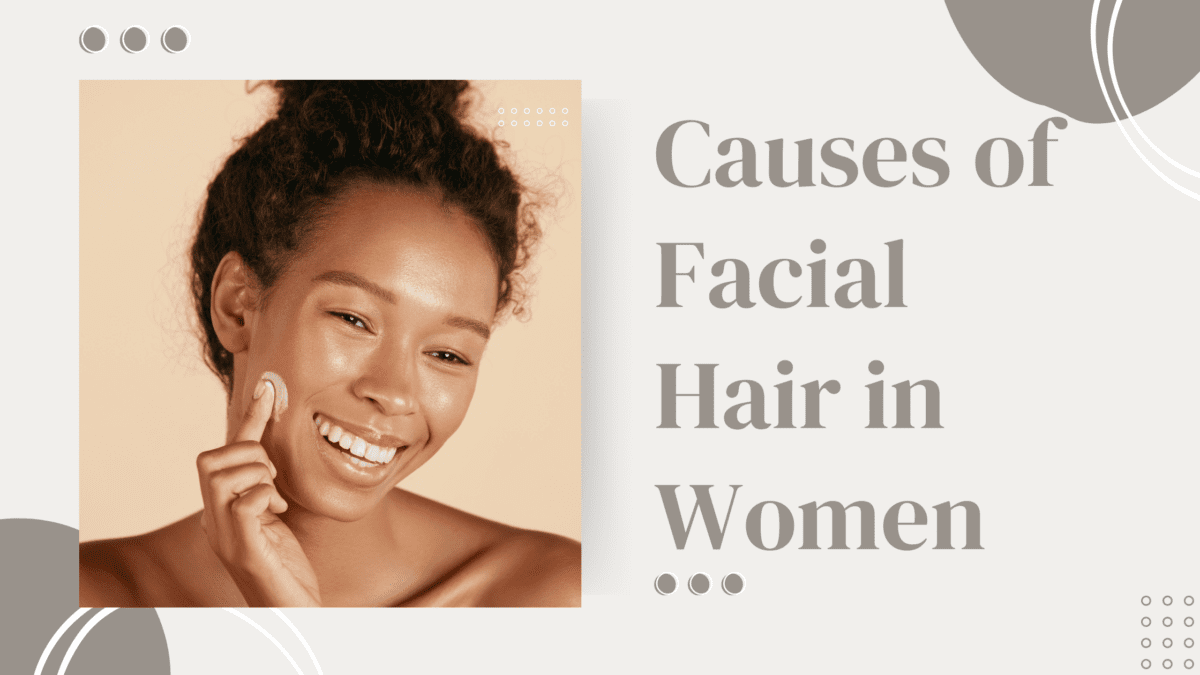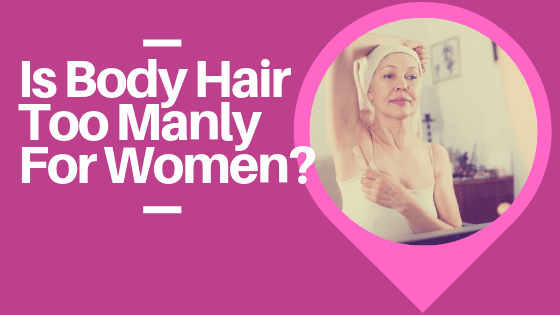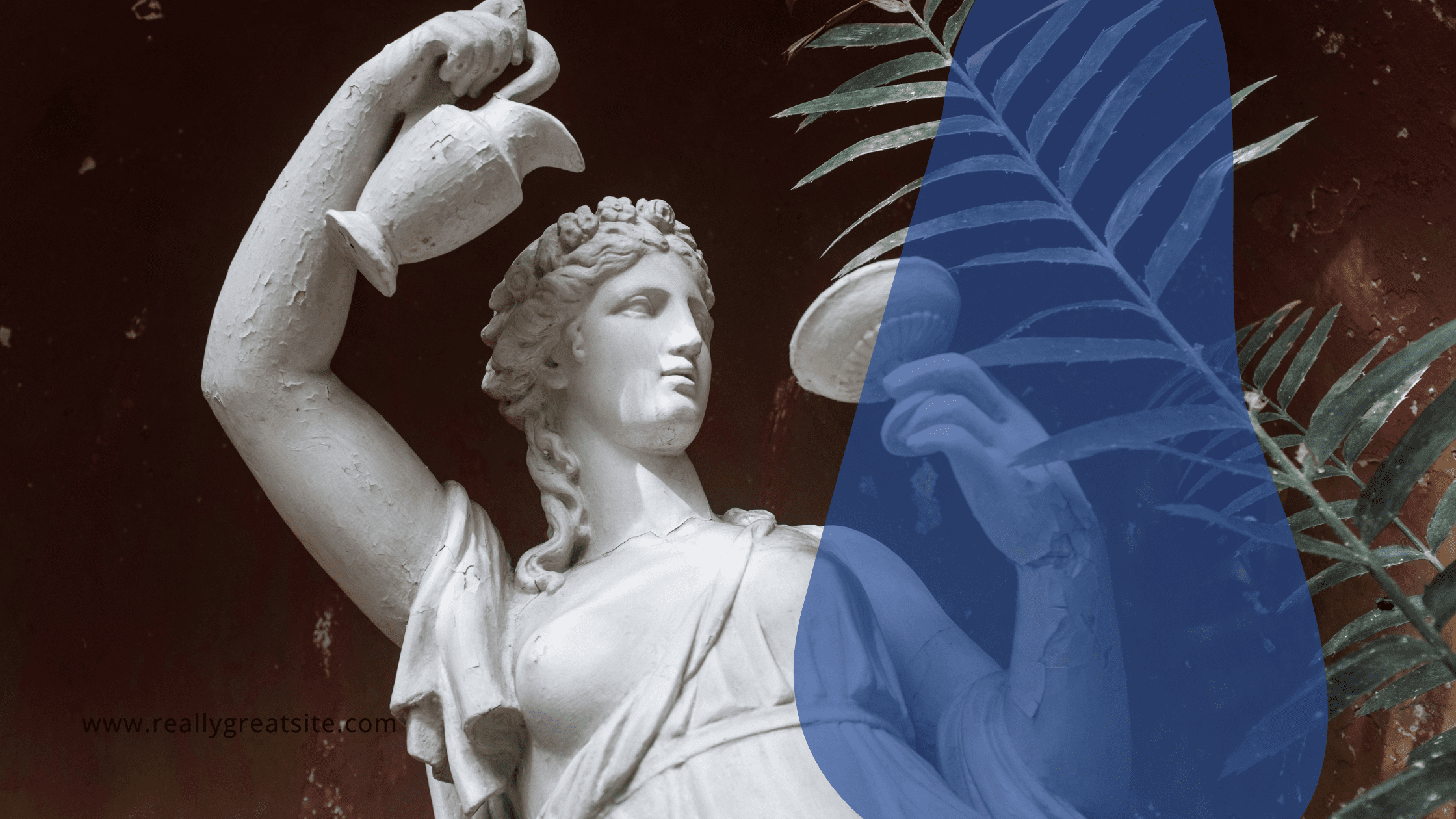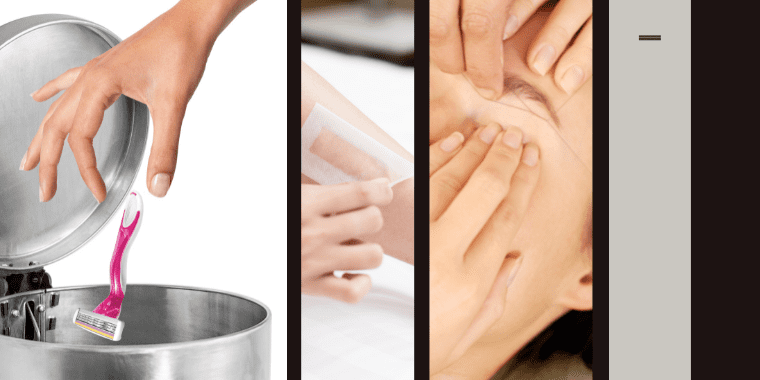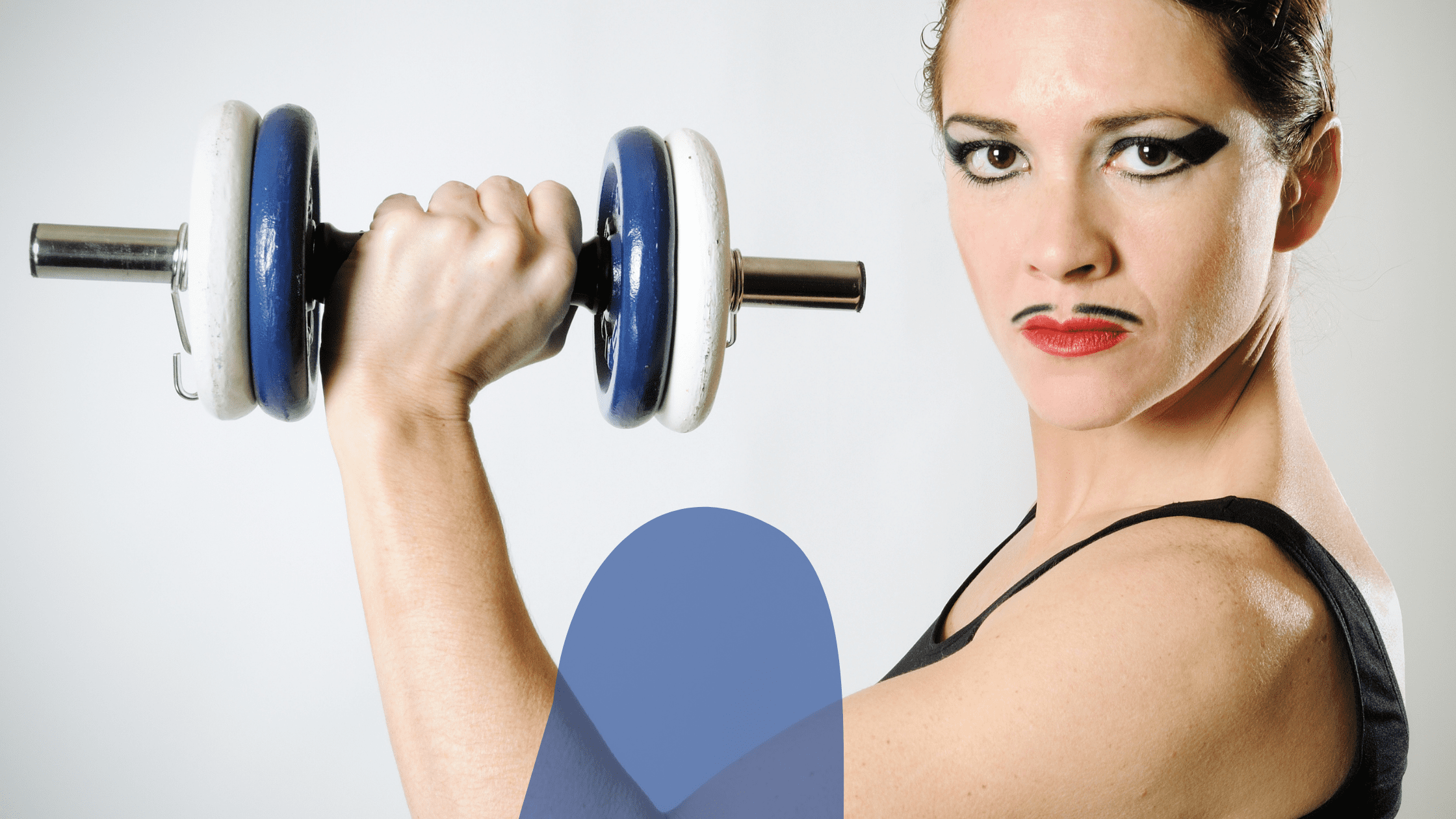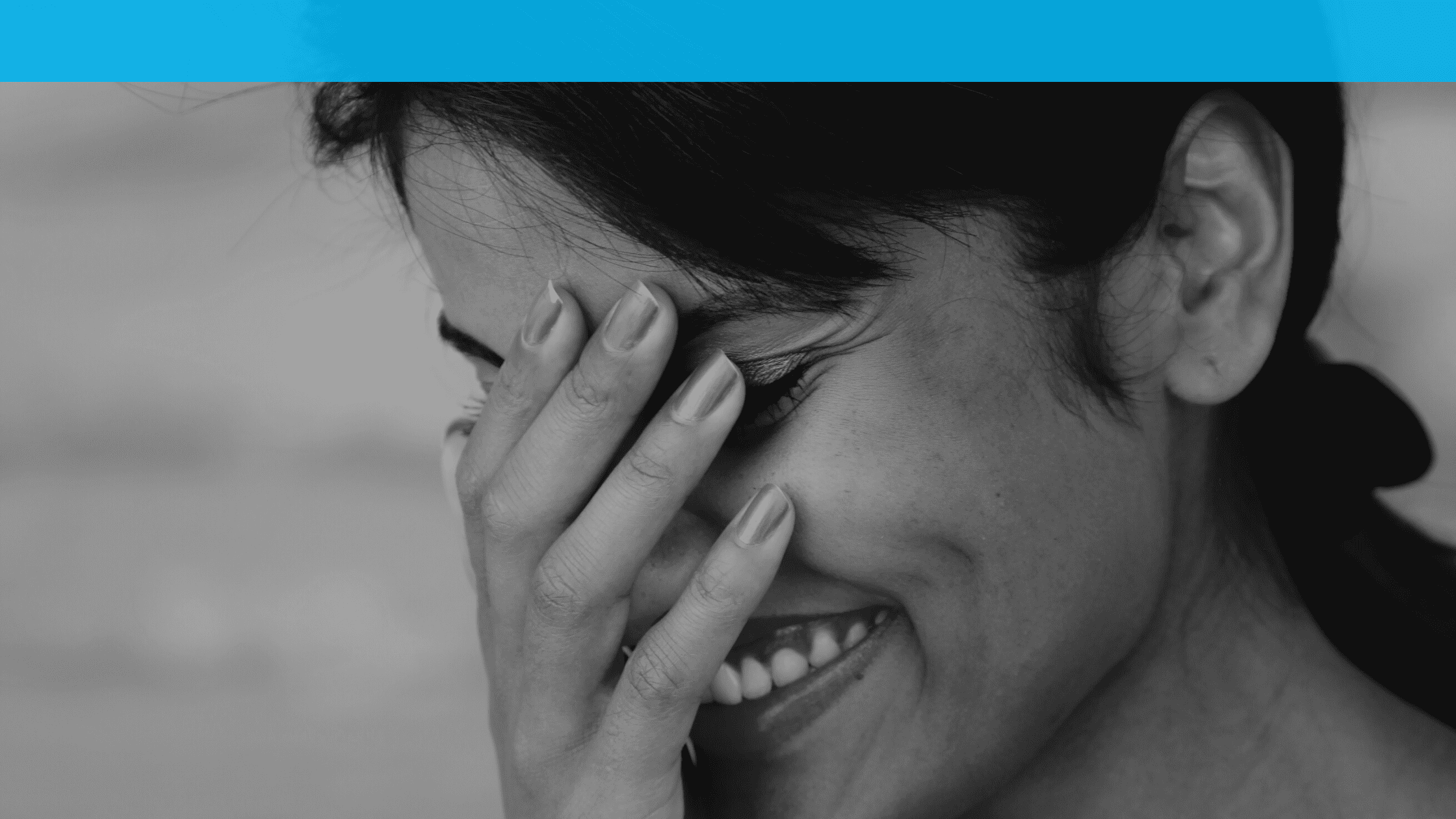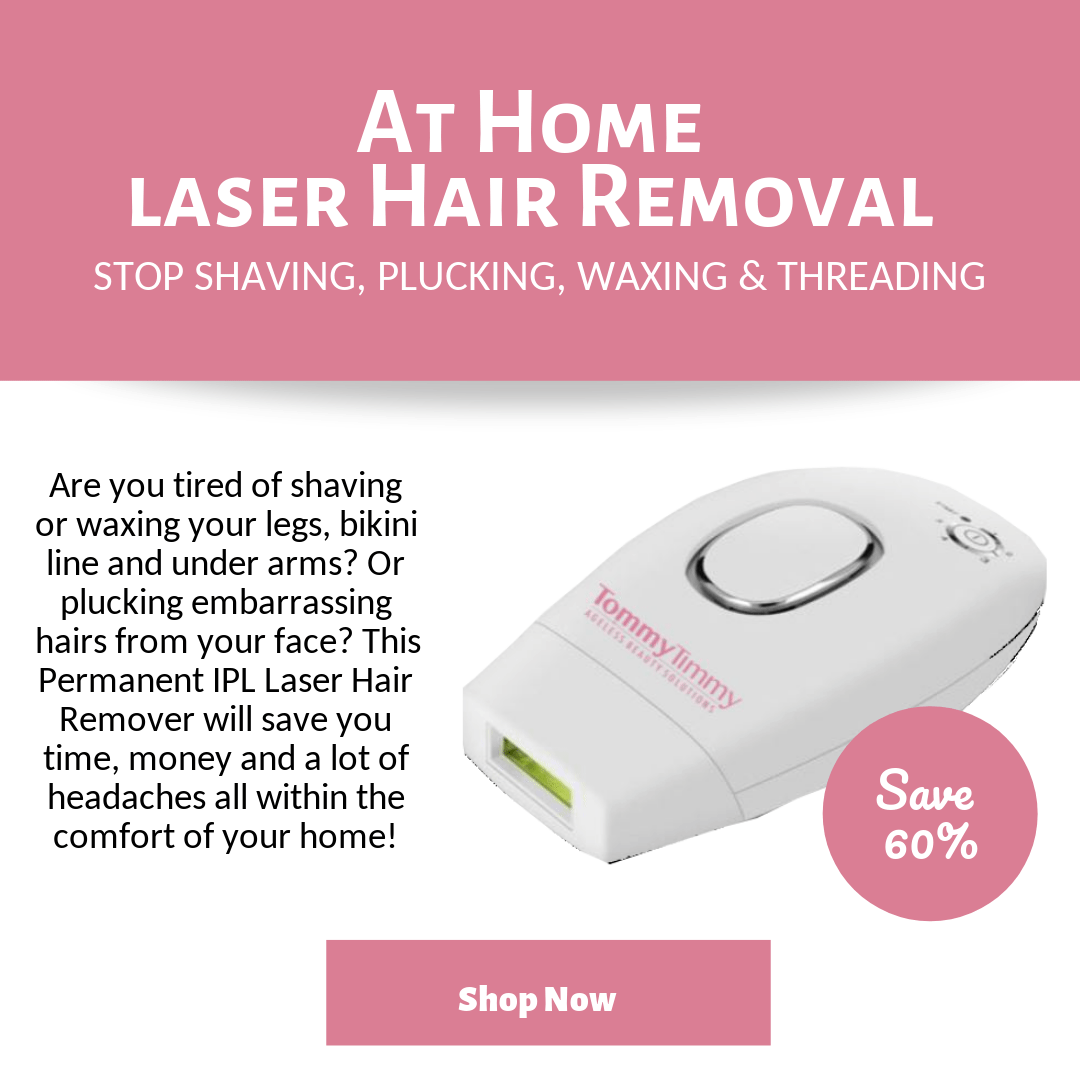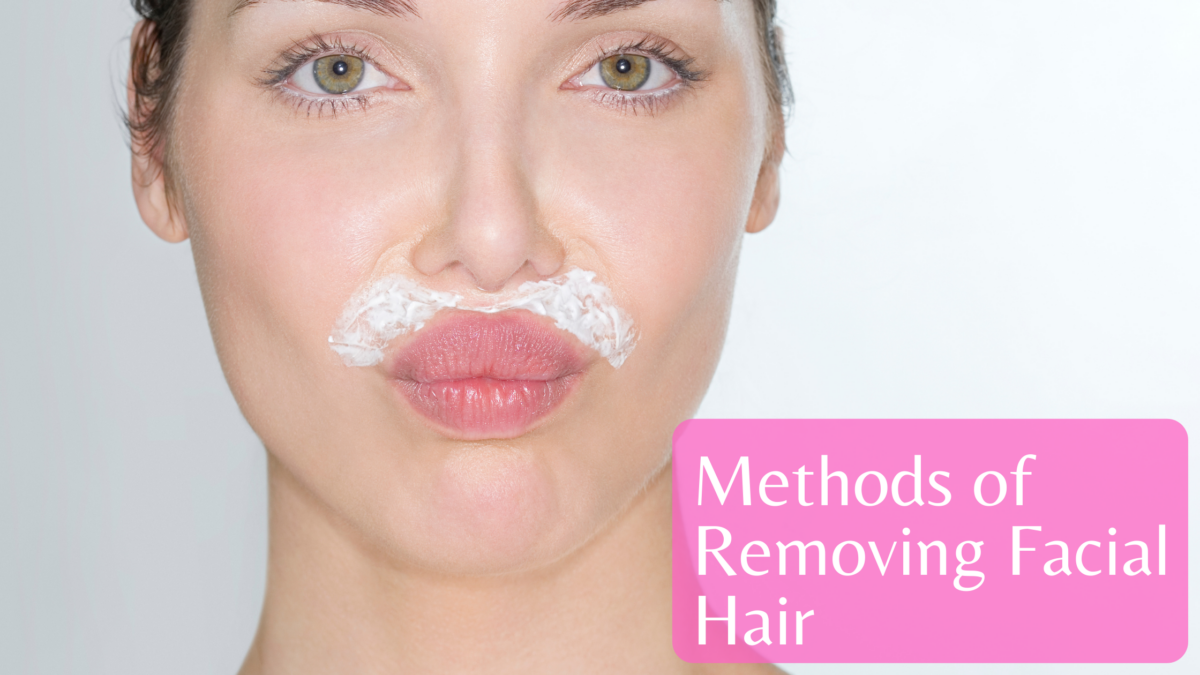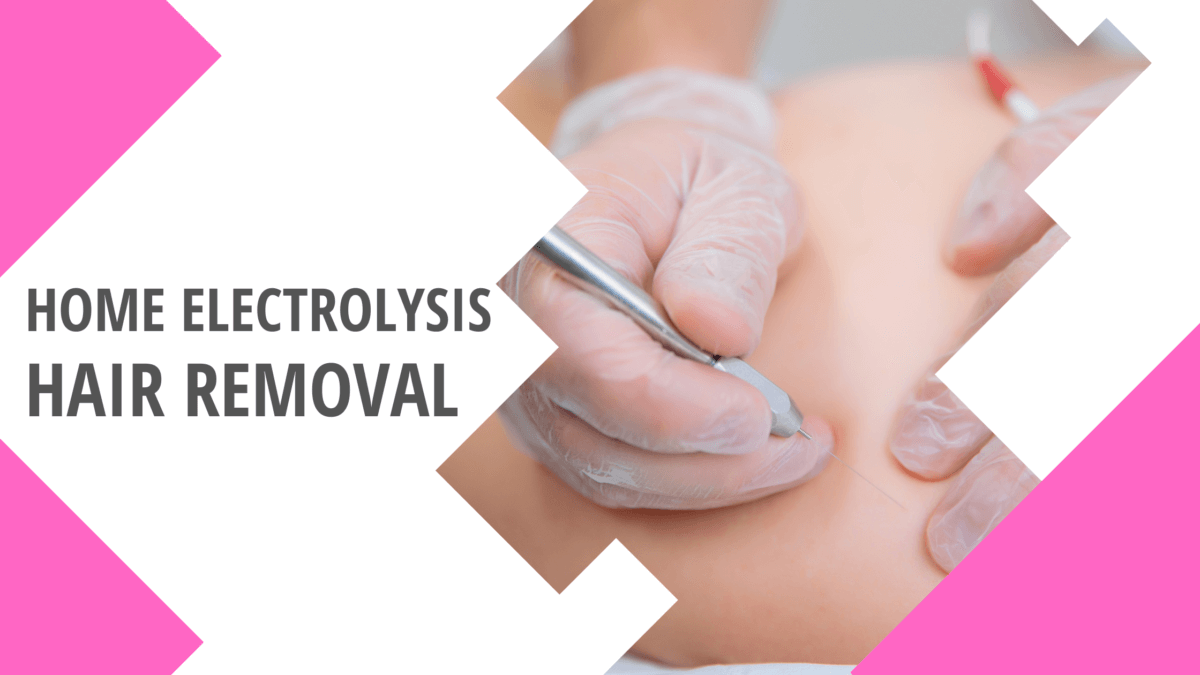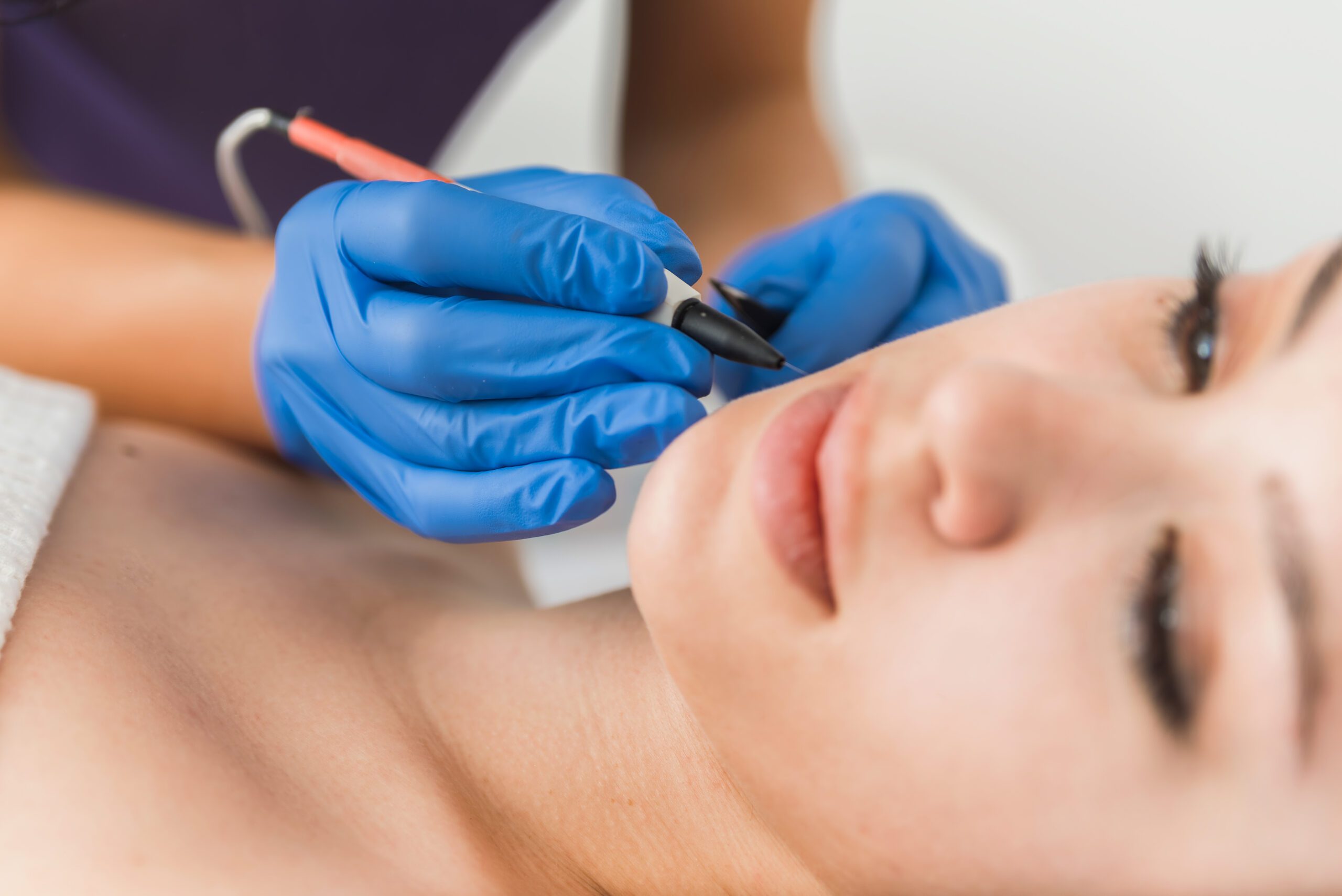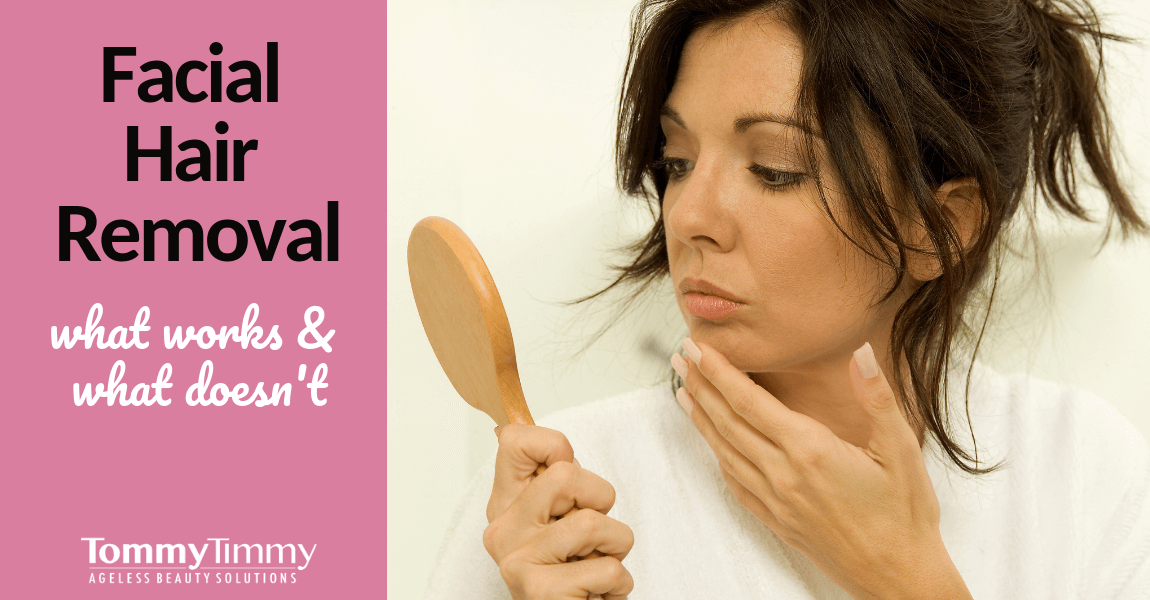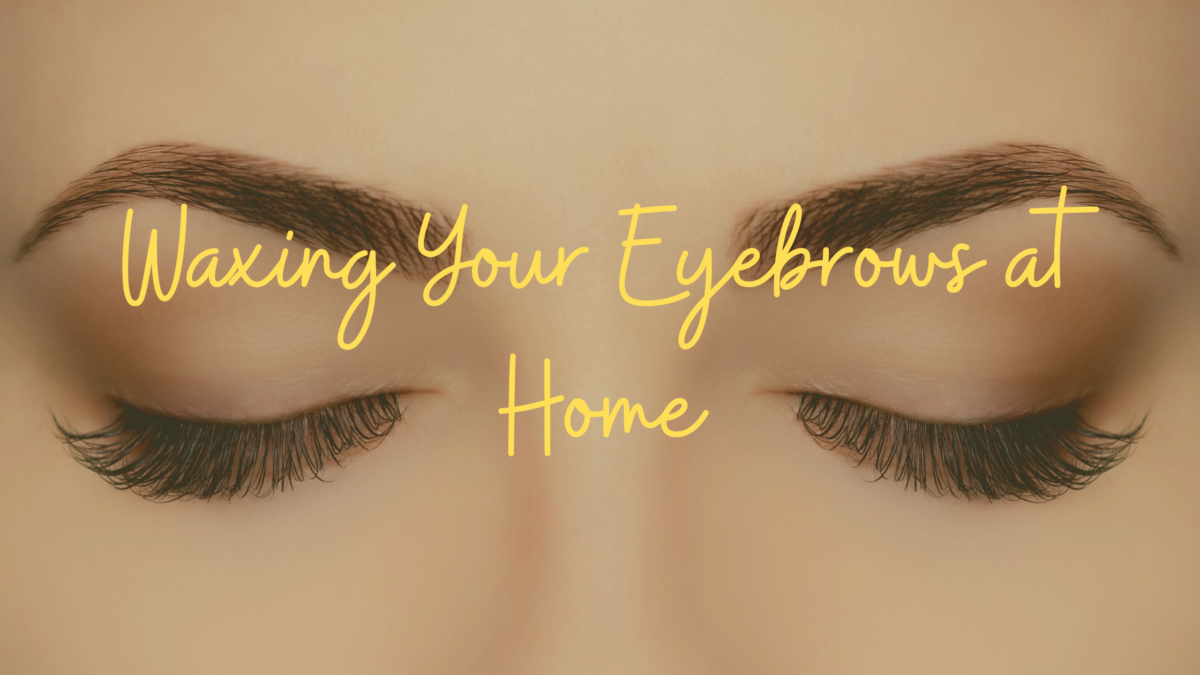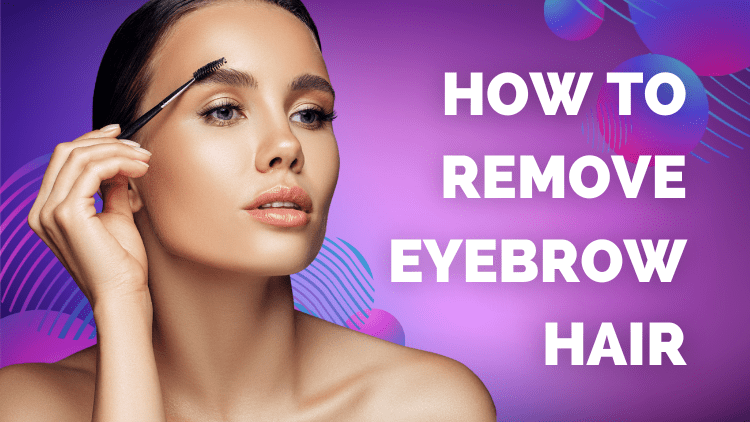Do you have unwanted toe hair?
Have you ever wondered why some people have visible toe hair while others don’t? Is there a way to permanently get rid of it without resorting to painful methods such as shaving and waxing? Here we will explore the various ways by which one can easily get rid of their unsightly toe hair – quickly, simply, and effectively.
What Causes Toe Hair?
Toe hair is a common problem, especially for people with thick or coarse hair. While some of us may be used to seeing it as part of our normal grooming routine, there are underlying causes that can lead to an increase in toe hair growth. It’s important to understand what these causes are, so you can make informed decisions about how best to deal with it.
Hormonal imbalances and genetic predispositions can play a role in increased toe hair growth. Imbalances such as hypothyroidism, polycystic ovarian syndrome (PCOS), and adrenal dysfunction have all been linked to excessive body and facial hair growth – including on the toes. People with certain genetics might also find they experience more toe hair than others.
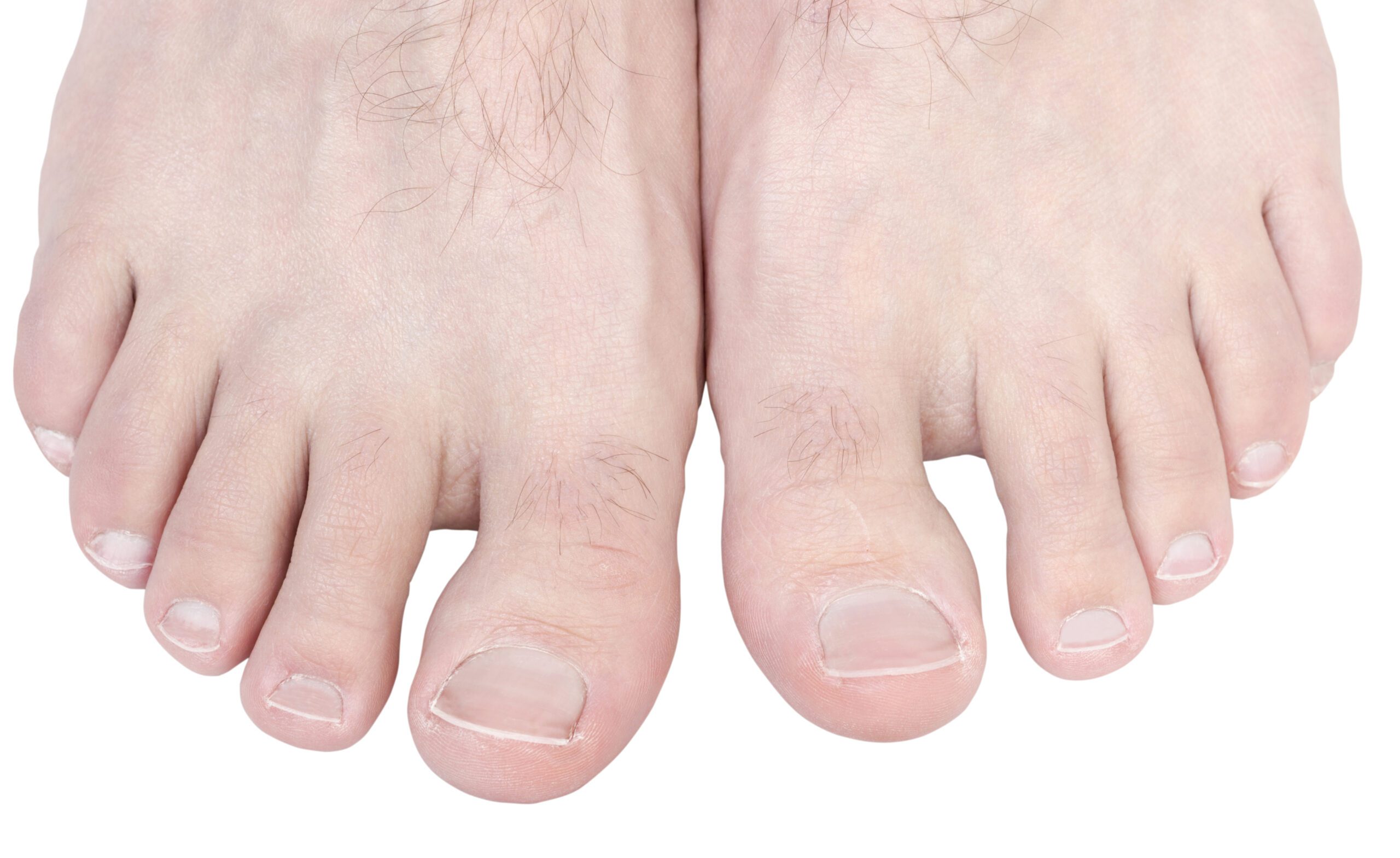
It’s always helpful to do research if you’re considering any kind of medical procedure; talk to your doctor or dermatologist if you’ve got questions or concerns about treating your toe hair issue. They will be able to provide advice based on your unique situation and help steer you towards the best solution for achieving desired results.
What Are The Benefits Of Removing Toe Hair?
Removing toe hair is more than just an aesthetic decision; there are practical advantages as well. For example, removing excess body hair can help reduce your risk of fungal infections like athlete’s foot or toenail fungus because these germs thrive in moist environments with lots of hairs which creates the perfect breeding ground for them.
Whether it’s improved confidence from no longer feeling self-conscious about embarrassing stray hairs peeking out from sandals or socks or simply wanting cleaner-feeling skin with reduced risk of infection, getting rid of excess toe hair can be a rewarding and liberating experience.
What Are The Risks Of Removing Toe Hair?
One potential downside is discomfort. From waxing to laser treatments and even shaving, removing hair from your toes can cause temporary pain or irritation during and after the procedure. Additionally, if not done correctly, ingrown hairs could become a problem in the future due to skin trauma that was inflicted while getting rid of toe hair.
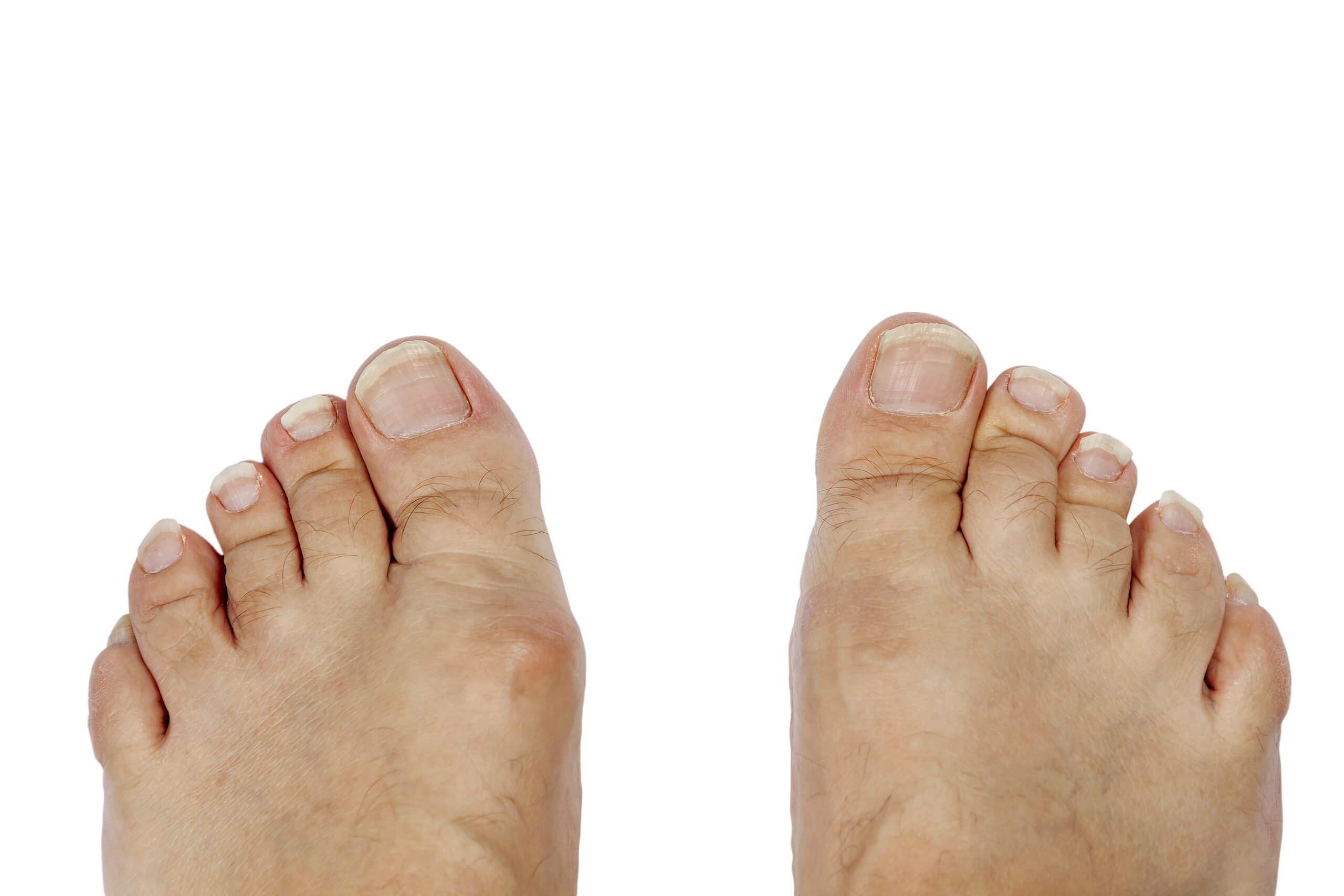
To avoid any unwanted side effects like infection or scarring, it’s important to do plenty of research on how best to proceed with removal before taking action—and consult a professional when necessary. All in all, while having no hair on your toes might seem desirable for aesthetic purposes, weighing out both sides is essential so you don’t end up causing yourself more harm than good.
Home Remedies For Removing Toe Hair
Taming the wild tangle of toe hair can be a tricky business, but luckily there are several home remedies that can make it easier. From essential oils to sugar scrubs, these natural treatments will have your feet ready for flip-flops in no time!
Like untangling a knot, getting rid of toe hair requires some patience and finesse. Here are four simple steps to help make the process smooth sailing:
• Try an exfoliating scrub with sugar or salt – this helps remove dead skin cells while also smoothing out the hairs on your toes.
• Make use of essential oils such as peppermint oil which has antiseptic properties to ward off bacteria and fungi
• Mix up a paste using baking soda and water – apply it directly onto the affected area and leave for 15 minutes before rinsing off completely. This helps break down stubborn hairs without irritating the skin.
• Use tweezers or wax strips to gently pull out any remaining individual strands – take extra care when doing this as it’s easy to cause discomfort if not done properly.

With these tips in mind, you’ll soon be freeing yourself from pesky toe fuzz once and for all! Just remember though: whatever method you decide is best for you, always go slowly and carefully so that you don’t end up hurting yourself in the process.
Over-The-Counter Solutions For Removing Toe Hair
From chemical depilatories, to waxing kits, there are many options available at your local drug store or online retailers.
First off, chemical depilatories are a great way to quickly and painlessly get rid of toe hair. They work by using chemicals to dissolve the hair shafts at the root level. Here’s what you need to know:
• The results typically last between one and three weeks
• Chemical depilatories often have strong odors
• Follow instructions carefully when applying them
Waxing kits offer another option for removing toe hair from your toes. This method works similarly as it does on other parts of the body – it removes the entire strand of hair from its follicle. Benefits include:
• Waxing keeps skin smooth for up to two months
• Results tend to be longer lasting than those of creams
• Waxing is less painful than plucking or tweezing hairs
When shopping for a product to remove toe hair, consider how long you want the results to last and whether you prefer a chemical depilatory or a wax kit. Make sure that whatever product you choose comes with detailed instructions so you can use it safely and effectively. With these tips in mind, say goodbye to ugly toe stubble!
Professional Treatments To Remove Toe Hair
If you’re looking for something super effective, laser therapy is one of the best options available. It offers incredible results in no time – so much so that it almost seems like magic! Not only does this process involve minimal discomfort, but it also permanently eliminates your toe hair. That means no more regular maintenance or upkeep required, just smooth, fuzz-free toes forevermore!
It doesn’t stop there, either. For those who prefer not to use lasers, electrolysis is another great option. This procedure works by using electric currents to eliminate each individual strand of toe hair from its root. Although it may take a few sessions to achieve complete removal, the end result is worth every second spent in the chair – silky smooth feet whenever you want them!
So if you’re looking for ways to get rid of toe hair once and for all, professional treatments could be exactly what you need. Whether it’s laser technology or electrolysis that tickles your fancy, these services offer long-lasting effects and beautiful results – say goodbye to unsightly follicles once and for all!
Which Method Is Best For Removing Toe Hair?
Electrolysis is the most recommended method. It involves applying a small electric current into the follicle, which causes localized damage and destroys it from within, leaving your toes smooth and hair-free. The procedure may be slightly uncomfortable but is safe and long-lasting when done correctly by a certified technician.
On the other hand, there are other methods of removing toe hair, such as shaving or waxing. Shaving might seem like the quickest option, however, it requires frequent upkeep in order to keep your skin free of ingrown hairs and irritation. Waxing on the other hand can provide longer-lasting results than shaving; however, its effectiveness may vary depending on how coarse the hair growth is.
TIP: Before opting for any type of treatment for removing toe hair, consult with a professional who is experienced in providing these services safely and effectively.
What Should You Consider Before Removing Toe Hair?
Once you have chosen your preferred removal method make sure to look after the area afterward using antibacterial cream and aloe vera gel to reduce any potential irritation or inflammation. Additionally, exfoliate regularly to prevent folliculitis (inflammation of the hair follicles) from occurring in the future. This can help keep skin looking healthy and smooth too!
Lastly, bear in mind that some areas on your feet might prove more difficult than others due to their shape or sensitivity levels, so it’s important to take extra caution when tackling these areas. All in all, although removing toe hair isn’t always necessary, making sure you do it safely by considering these key points beforehand is essential for protecting yourself from any unwanted complications down the line.
How To Prepare For Toe Hair Removal
As the adage goes, ‘forewarned is forearmed.’ When it comes to toe hair removal, being adequately prepared can make all the difference.
Enlisting the help of an experienced professional – such as a dermatologist – may be prudent if you would prefer more intensive treatments like waxing or laser therapy.
In short, then, taking steps towards preparation prior to any kind of toe hair removal endeavor will not only increase safety protocols but also improve efficacy levels overall; thus making it easier and faster for you to get smooth soles sooner rather than later!
Aftercare Tips For Removing Toe Hair
So, you’ve taken the plunge and shorn off that toe hair. Well done! Now it’s time to think about aftercare so your toes can stay smooth and free from unsightly stubble for as long as possible. Let’s get into it – ’cause ain’t nobody got time for hairy toes!
First of all, make sure to keep those freshly-shaved feet moisturized at all times. Nothing ruins a pedicure faster than dry skin flaking away, so lather on the lotion or cream each day. Don’t forget between your toes either; this area is especially prone to drying out, given its location.
Also, remember to disinfect any implements used during hair removal such as tweezers or razors, with alcohol wipes or some kind of sanitizing solution. If you’re still feeling tenderness or discomfort post-removal don’t hesitate to apply an antibiotic ointment like Neosporin or Bacitracin – better safe than sorry!
All in all, taking good care of your newly bald(ish) feet isn’t too difficult when you know what steps to take toward keeping them healthy and clean.
Common Questions About Removing Toe Hair
Is safe to remove toe hair? The answer is generally yes, as long as you do it in a careful manner, avoiding any harsh chemical treatments and using proper aftercare techniques.
Another popular query revolves around how effective such methods are at getting rid of unwanted hair on toes. Generally speaking, these processes will yield good results if done correctly and consistently. However, in some cases, more advanced procedures may need to be employed.
Finally, many people wonder how often they should repeat the removal process for optimal results. This depends largely on individual factors like skin type and rate of hair growth, but typically it’s recommended that you perform periodic touch-ups every few weeks or months depending on your needs. With regular care and attention, you can ensure that your feet remain beautiful and smooth without having too much trouble managing them!
How Long Does Toe Hair Removal Last?
Waxing offers more immediate results but may require multiple sessions over time, while laser treatment carries a bigger up-front fee yet longer-lasting results. Additionally, there are at-home solutions like shaving or creams that offer effectiveness without breaking the bank.
Threading may be too intense for some, whereas waxing could cause less stress due to its quick application and removal process. Further still, lasers tend to be perceived as having minimal irritation despite their higher price point.
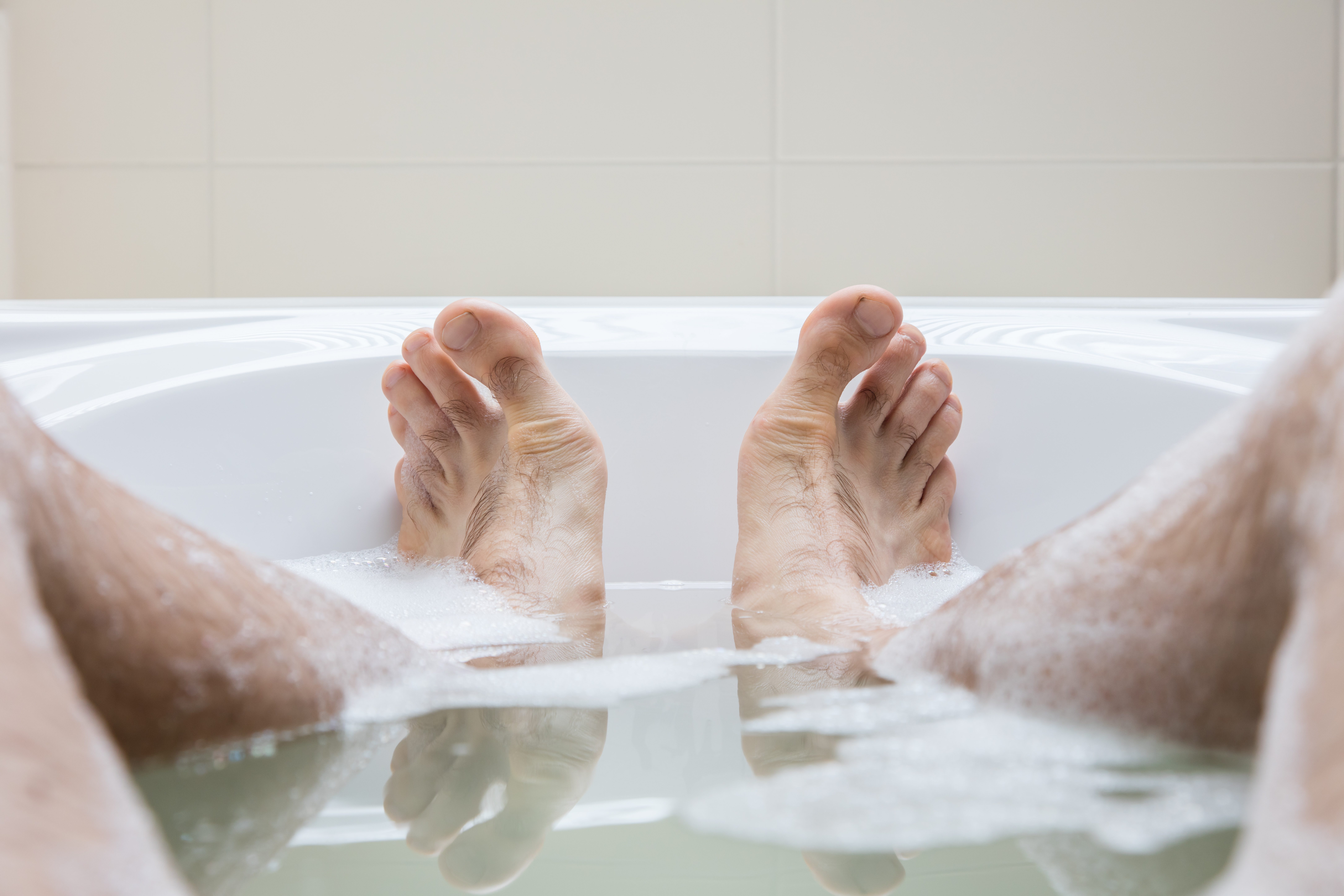
Shaving produces quick outcomes but requires frequent reoccurrence; meanwhile, waxing works better over an elongated stretch before needing attention again. Ultimately, when evaluating various routes for eliminating toe hair, individuals should carefully ponder costs versus convenience together with distress levels against durations attained until satisfied with their selection.
How To Maintain Results From Toe Hair Removal
Maintaining the results of toe hair removal can be a hassle-free and straightforward process. It doesn’t have to require expensive visits or lengthy treatments, but rather just a few simple steps that you can take at home. First and foremost, it’s important to practice good hygiene — keeping your feet clean is essential for maintaining smooth skin free from any unwanted hair growth.
Additionally, exfoliating regularly will help remove dead skin cells which could otherwise trap bacteria leading to infection and irritation.
You should also try wearing open shoes whenever possible, as exposing your toes to air frequently will reduce sweat build up and further minimize the chances of ingrown hairs developing.
Conclusion
Toe hair can be unsightly, uncomfortable and embarrassing. Fortunately, there are a variety of ways to get rid of it safely and effectively. Removing toe hair at home or with an over-the-counter solution is easy to do but requires proper aftercare for the best results.
It’s estimated that 95% of Americans have some degree of toe hair – something we often forget about in our daily grooming routines! With regular maintenance such as trimming and waxing, you can keep your toes looking neat and presentable without having to worry about any unwanted fuzz.

